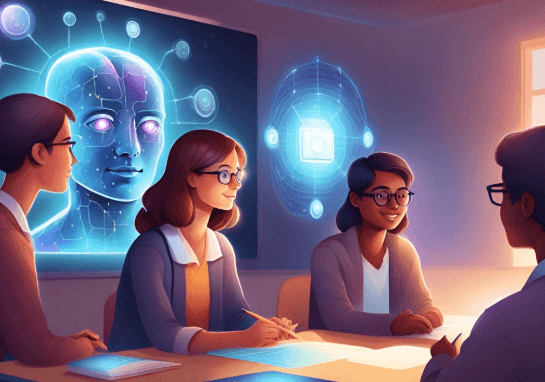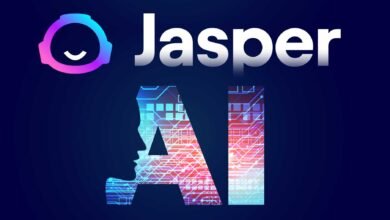The Future of AI Image Generators in Education

The integration of AI image generators in education presents a transformative opportunity to enhance teaching methodologies and student engagement. By providing tailored visual resources, these technologies can support diverse learning needs and foster innovation among learners. However, alongside these advantages lie significant challenges, particularly concerning ethical considerations and potential biases in generated content. As educators increasingly embrace these tools, it becomes imperative to explore how they can be effectively implemented while addressing the associated concerns. What implications will this have for the future landscape of education?
Impact on Teaching Methods
As educators increasingly integrate AI image generators into their curricula, the potential to revolutionize teaching methods becomes evident.
These tools facilitate artistic expression by enabling students to visualize concepts and ideas, fostering creativity in a structured environment.
This curriculum integration not only enhances learning experiences but also encourages independent thinking, empowering students to explore their unique perspectives and develop their artistic voices.
See also: How Pet Sitting Services Can Help Your Pet Feel Safe While You’re Away
Enhancing Student Engagement
The integration of AI image generators not only transforms teaching methodologies but also serves as a powerful catalyst for enhancing student engagement.
By facilitating visual storytelling, these tools create immersive experiences that stimulate creativity and critical thinking.
Furthermore, they foster interactive learning environments where students actively participate, thereby deepening their understanding and retention of information, ultimately cultivating a more vibrant and liberated educational atmosphere.
Supporting Diverse Learning Needs
While traditional educational approaches often struggle to accommodate the varied learning preferences and abilities of students, AI image generators offer a dynamic solution that supports diverse learning needs.
By facilitating personalized learning experiences, these tools create tailored visual aids that resonate with individual learners.
This innovative technology empowers educators to foster inclusivity and engagement, ensuring all students can thrive in an increasingly diverse educational landscape.
Future Challenges and Considerations
Although AI image generators present exciting opportunities for enhancing educational practices, they also introduce a range of challenges and considerations that educators must navigate.
Key concerns include ethical implications surrounding content ownership and bias, alongside technological limitations that may hinder accessibility.
As educators embrace these tools, a critical examination of their impact on learning environments will be essential for fostering an inclusive and equitable future.
Conclusion
The integration of AI image generators in education promises to revolutionize teaching and learning. Yet, amid the vibrant visual landscapes crafted by algorithms, a paradox emerges: the more tailored the content becomes, the greater the risk of reinforcing existing biases. As classrooms bloom with creativity and engagement, it is critical to navigate the delicate balance between innovation and ethical responsibility, ensuring that the canvas of education remains inclusive and equitable for all learners in a technology-driven world.





